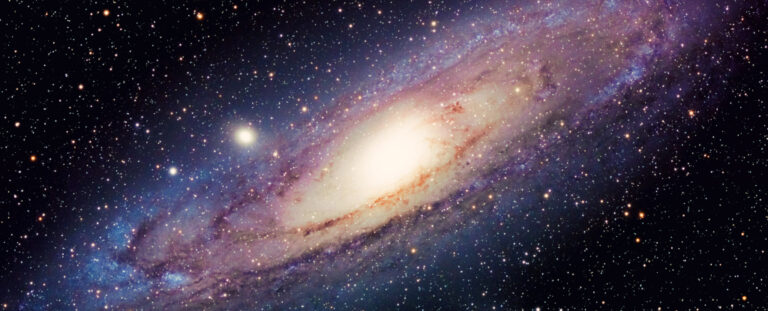Mysterious Ripple in the Milky Way May Be the Scar of an Ancient Collision
If you look at the details present in the diffuse nebulae that can be seen in our galaxy, then you’d be able to notice signs of a troubling past. However, it is often difficult to differentiate between those signs as being caused by catastrophic events of the past and the normal evolution of the universe over time subsequently bringing about consistent occurrence, whether it’s a scar or a mark on the face of the universe, leading scientists to ask themselves which among them are signs of past disasters and which among them are signs of aging of the universe.
In a new study published in Astronomy & Astrophysics, a team of scientists from different parts of the world were able to use data from the Gaia satellite to presumably unlock more knowledge about the collision of the Milky Way with an orbiting stellar cluster.
To date, starting from the 1960s, it has become increasingly evident that there is a wave-like S-shaped structure in the Milky Way’s disk or disk which is possibly due to a number of mergers with other galaxies, particularly with one smaller neighbor, the Sagittarius Dwarf Spheroidal Galaxy.
More recent calculations show that the observed changes of tens of thousands of stars and their motion in a quarter of the Milky Way could mean that this curve is, in fact, humming the tune to a wave traveling through a large-scale warp.
Working under astronomy expert Eloisa Poggio, from the Italian National Institute for Astrophysics, the team included data of around 16,000 young giant stars with that of 3,400 Cepheids or distance markers, and correlated analysing their up – down, with their backward-forward movement statistically.
The end effect is one of sinusoidal activity that looks very similar to an ocean wave rolling through vast chunks of stars, from the galactic core of the Milky Way galaxy, with this wrinkling phenomenon distinct, but on top of the basic warp.
Though the corrugation just climbs half a degree anove the galactic plane, it is large – it stretches 15 thousand light years from end to end or one-quarter of the distance out from the edges of the disk: stars in this area move outwards and at speeds of between 10 to 15 kilometers (6 to 9 miles) per second deviate from their standard course.
In particular, it is still unknown whether radial and vertical motions are related or if the corrugation and warp have a similar cause. It was only after taking away the overall bend of the Milky Way, the rest of the fluctuations in the position of stars pointed out to an anomaly.
“The warp and the wave do not necessarily need to have the same root,” Poggio explained to ScienceAlert. Yet, we hope to provide further insight into this issue through numerical simulations in the next eventual study.
The fact that our galaxy, like any other galaxy, hides its wounds very well can make it even harder. The only way to come up with causes of its previous disturbance is by looking for clues like stars that are shifted or those moving in a wrong manner.
Additional research of other galaxies and other galaxy formation models is required to see other particulars of the formation of this observed feature and to get a more qualitative dynamic description of waves moving in the Milky Way disk, the authors of the paper state.
This research was submitted to Astronomy & Astrophysics and is available on the preprint server arXiv.
Do not forget to share your opinion with us to provide you with the best posts !




0 Comments